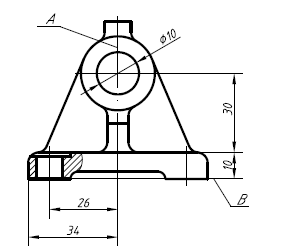 题目内容
(请给出正确答案)
题目内容
(请给出正确答案)
On the morning of September 11th, I boarded the train from Washington Heights in Upper Man
As I watched in horror, another white airliner came from the south and took aim at the South Tower. As the plane entered the building, there was an explosion and fire and soon debris (碎片) began to fall around me. It was then that I realized that we were being attacked and that this was just not a terrible accident. Yet, I still could not move, until I was pushed down by the crowd on the street, many now in a panic running toward the water, as far from the WTC as they could possibly get. All around me were the visual reminders of hundreds of people running in panic. There were shoes, hats, briefcases, pocketbooks, newspapers, and other personal items dropped as hundreds of people ran for safety.
Much has been written about the disaster already. We have learned so much in such a small amount of time about appreciating life. In some way we must move forward, bury the dead, build a memorial for those lost, and begin the coping and healing process for the survivors. But healing takes time. Some have been able to head right back to work, others seek counseling, while others remain, walking through the streets with expressionless faces. However, we are all united in our grief.
According to paragraph one, the author's office was ______.
A.at Washington Heights
B.just beside the World Trade Center
C.in the South Street Seaport
D.far from the WTC
 如搜索结果不匹配,请 联系老师 获取答案
如搜索结果不匹配,请 联系老师 获取答案

































